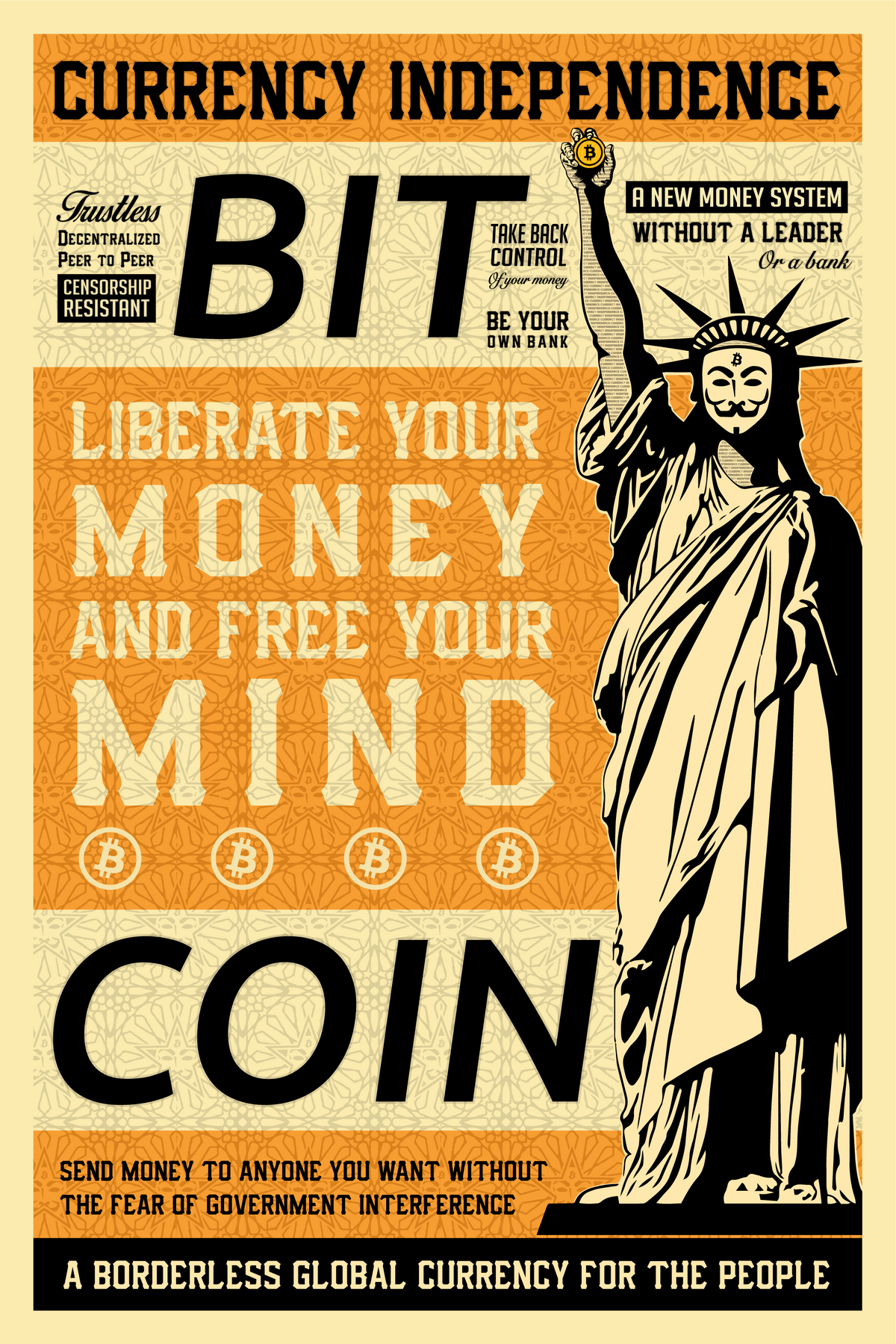The Blueprint for Tomorrow: Why Reading the Bitcoin White Paper is Essential

Satoshi Nakamoto
The Bitcoin white paper, titled "Bitcoin: A Peer-to-Peer Electronic Cash System," revealed to the world a revolutionary idea, an idea born from over 40 years of technological advancements and economic understanding. This creation would come to challenge the very way we perceive and interact with money.
One poignant aspect of the endeavor that led to Bitcoin’s creation has been the strong influence of Austrian Economics principles. For those unfamiliar, Austrian Economics inherently holds distrust towards centralized institutions, notably including central banks. Bitcoin, thus, was not born in a vacuum – its roots lay tangled to this rich school of economic thought.

Understanding the importance of the Bitcoin white paper involves recognizing the historical context in which it was conceived. The early 21st century was a time of technological growth and financial unrest. The fallout of the 2008 financial crisis left economies reeling and trust in financial institutions at an all-time low. Against this backdrop, Bitcoin emerged, seeking to decentralize control and place faith back into the hands of the individuals rather than institutions.
The white paper then is more than just a technical blueprint. It’s a manifesto, a testament to financial freedom and transparency. It is about how technology can be utilized not to further subject us to the whims of centralized control, but to empower us.

From instantiation in the white paper to its current state, Bitcoin has maintained its core ethos. It remains an asset that is trust-less in nature, digital, and fully decentralized, mirroring the principles of the Austrian School. It is not a mere cryptocurrency, it is an economic revolution.
However, it's essential to differentiate Bitcoin from the other myriad of projects terming themselves as 'cryptocurrencies.' Unlike them, Bitcoin emerged not aimed at creating a new business model or application but to primarily redefine the nature of our interaction with money.
In every aspect, Bitcoin embodies the antithesis of the current financial system. It represents a direct challenge to State monopoly over the issuance of currency, or what Friedrich Hayek termed "the denationalization of money.”
The necessity to read and understand the Bitcoin white paper extends beyond mere technical understanding. It is about comprehending the ethos and principles that drive Bitcoin. What it represents is a paradigm shift in how we perceive value, how we transact, and how we trust.
Bitcoin represents a collective realization of the inherent issues within our centralized financial systems. The Bitcoin White Paper was not the beginning of Bitcoin, but the culmination of decades of thought, innovation, and frustration. A new form of money, not controlled by any State or central institution but governed by algorithms and participated in by anyone.
In this light, it becomes prominent that Bitcoin is more than a gamble on a price chart; it's an investment in a new kind of financial freedom, the one where you're the absolute authority. And this transcending journey starts with reading Satoshi Nakamoto's Bitcoin white paper.




Comments ()